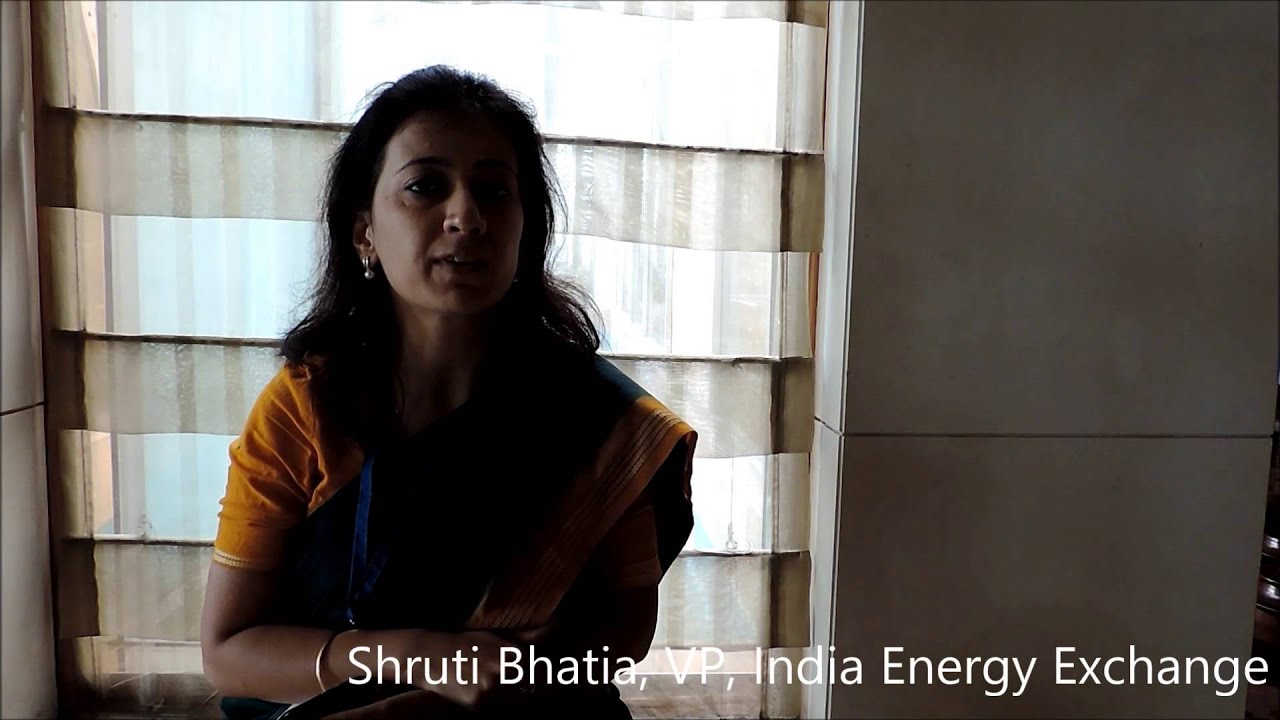Greentech Lead India: Weak enforcement of Renewable Power Obligation (RPO) among states is affecting the market of Solar Renewable Energy Certificates (REC) in India, said Shruti Bhatia, VP-Policy & Communication, India Energy Exchange, at the recently concluded Annual Conference on Solar Business in India.
Some state regulations are in deviation to model REC regulations implemented by the government. This, combined with lack of stringent enforcement provisions in the regulation, proves challenging to the market. The RPO penalties clauses are not yet invoked, Bhatia added.
View an exclusive video interaction with Shruti Bhatia:
Since May 2012, 41,092 solar RECs have been issued, but only 21,441 have been traded so far. Floor price of REC has been fixed at Rs. 9300 per REC. Overall, 157.6 MW of solar projects from1880 participants have been registered. This includes 25 DISCOMs and 1301 industrial customers.
In order to boost solar REC market in India, there should be a balance between demand and supply, says Bhatia. This can be achieved by creating demand in the voluntary and compliance market and managing the supply by allowing level playing field for investors. Precautions should be taken to avoid oversupply situation. There should be provision to provide 10 year price visibility to enhance financing.
For the compliance market, strict policy enforcement is necessary. State Nodal Agencies (SNAs) must maintain OEs database and provide periodic updates on compliance status. India Energy Exchange also suggests quarterly compliance in place of annual compliance. Compliance market should not be given any relaxation for not fulfilling the RPO targets. Penalty price for the entities must be kept higher than the forbearance price. Incentivizing entities which are compliant will also help boost the REC mechanism, according to Bhatia.
To create demand in the voluntary market, governments should launch comprehensive awareness program targeting NGOs, individuals, and corporate. MNRE must also recognize the Green Companies that procure RECs on voluntary basis.
To manage supply, government must bring clarity in REC pricing in post 2017 scenario by fixing a floor price for REC. A 10-year price visibility will help enhance financing of projects. The market should offer a level playing field for investors wherein existing investors get more RECs in future when the future floor prices get reduced. There should also b ea mechanism to finance RPO fulfillment of weak utilities through National Clean Energy Fund (NCEF).
To avoid over supply situation, the government should fix a minimum guarantee price which is 50-70 percent of the floor price.
To ensure compliance, the central agency should create an institutional mechanism to monitor RPO compliance by States on periodical basis. A forum of State Nodal Agencies (FoSNA) may be formed under MNRE to review, discuss, share experiences and best practices, and formulate model templates to encourage RPO compliance.
National Action Plan on Climate Change (NAPCC) 2008 targets 15 percent RE in total energy mix by 2020. The 2011 Amendment on National Tariff Policy specifies 0.25 percent of RPO target in 2012 and 3 percent by 2022. For the FY 2012-13, UP, Jharkhand and Gujarat are given RPO target of 1 percent.
Rajani Baburajan


